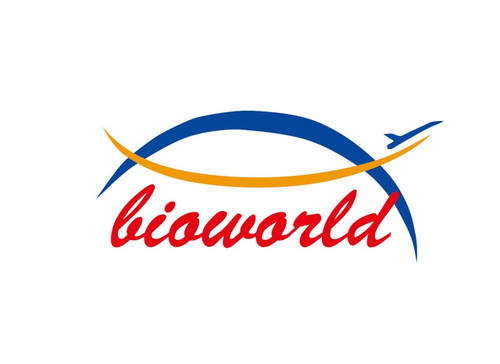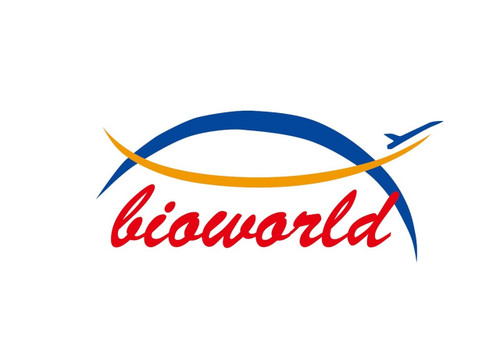Product Description
PRL polyclonal Antibody | BS60888 | Bioworld
Host: Rabbit
Reactivity: Human,Mouse,Rat
Application: WB
Application Range: WB: 1:500~1:1000
Background: Protein tyrosine phosphatases (PTPs) play a role in regulating diverse cellular processes. They form a small class of prenylated protein phosphatases called PRL proteins characterized by a C-terminal consensus sequence for prenylation. PRL-1, also designated Protein tyrosine phosphatase type IVA protein 1 (PTP4A1), is a unique nuclear PTP that is induced in regenerating liver and mitogen-stimulated cells. It is primarily expressed in spleen, bone marrow, thymus, lymph nodes, T lymphocytes and tonsil and is overexpressed in tumor cell lines. PRL-2 (Protein tyrosine phosphatase type IVA protein 2, or PTP4A2) is ubiquitously expressed with highest levels in heart, skeletal muscle and thymus but is also overexpressed in prostate tumor tissue. PPRL-2 is stimulates progression from G1 into S phase during mitosis and promotes tumors. PRL-3, also known as Protein Tyrosine Phosphatase Type IVA, member 3 (PTP4A3) is expressed in heart and skeletal muscle as well as epithelial cells of the small intestine and associates with the cell plasma membrane. Over expression of PRL-3 inhibits angiotensin-II induced cell calcium mobilization and promotes cell growth. PRL-3 is important for colorectal cancer metastasis and may serve as a new therapeutic target for this condition.
Storage & Stability: Store at 4°C short term. Aliquot and store at -20°C long term. Avoid freeze-thaw cycles.
Specificity: PRL polyclonal Antibody detects endogenous levels of PRL protein.
Molecular Weight: ~ 26 kDa
Note: For research use only, not for use in diagnostic procedure.
Alternative Names: Prolactin; PRL; PRL
Immunogen: A synthetic peptide corresponding to residues in Human PRL.
Conjugate: Unconjugated
Modification: Unmodification
Purification & Purity: The Antibody was affinity-purified from rabbit antiserum by affinity-chromatography using epitope-specific immunogen and the purity is > 95% (by SDS-PAGE) .
Pathway: Vesicle Trafficking presynaptic signaling,
 Euro
Euro
 USD
USD
 British Pound
British Pound
 NULL
NULL








